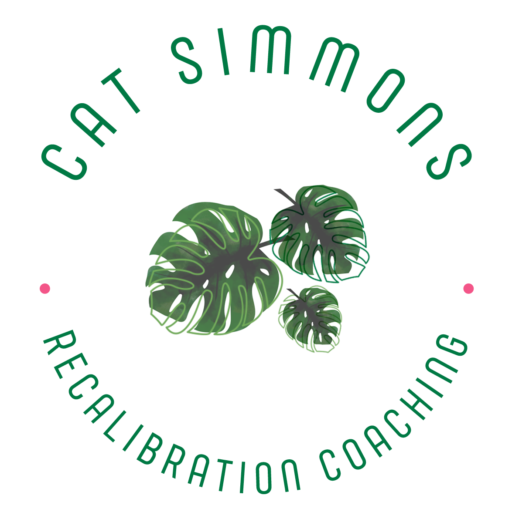The answer lies in the mental models we create to make sense of the world around us. Mental models are cognitive frameworks that shape our perception, understanding, and interpretation of reality. They are a map of sorts, albeit one that may or may not be fully truthful or reliable. How can we navigate the world when everyone is using a different map? What does your mental model map look like – pirate treasure or Google map? A futuristic city scape of ideas and beliefs? How easy is it for others to understand and navigate your world?…
What Are Mental Models?
Mental models are mental representations of the world based on our knowledge, beliefs, and experiences. They serve as cognitive shortcuts that help us understand complex phenomena and make predictions. These models are constructed through learning, observation, and interaction with the environment. We all have one and they are essential for our everyday functioning. They provide a framework for organizing information, making decisions, and solving problems. By simplifying reality, mental models allow us to process vast amounts of information efficiently. They shape our perception and guide our actions, influencing our behavior in various situations.
We are a product of our cultural, religious and social environments, and in turn we influence them. Our mental models give us with shared beliefs, values, and norms. These influences can affect our perception of various aspects such as gender roles, social hierarchies, and moral values. Cultural and social factors can lead to different mental models across individuals and communities even within the same geographical space. Our personal experiences also contribute significantly to our mental models. Each interaction and observation adds a layer to our understanding of the world. Positive and negative experiences can shape our beliefs, attitudes, and expectations, ultimately influencing how we perceive future events.
Mental models and stress
When I talk about stress, I mean unhelpful stress – ‘distress’ as opposed to helpful stress (‘eustress’).
Stress often stems from our perception of the world and how we interpret events and situations. Our individual mental models act like filters through which we process information, make decisions, and respond to various stimuli. By developing a deeper understanding of our own mental models, we can identify unhelpful patterns of thinking and replace them with healthier perspectives, ultimately reducing stress. Awareness that we are each working to our own interpretation of the map is very helpful in working towards better communication, conflict resolution and collaboration.
Focussing on our own mental model is key to reducing stress. Can you identify any unhelpful patterns of thinking? Any inflexible ways of working? These patterns may include negative self-talk, perfectionism, catastrophizing, or rigid thinking.
Could you begin to reframe them, allowing for more positive and constructive thinking? Could you ask your brain to lower its negative bias? (What would do that for you?). Bringing this into awareness to consciously challenging negative or irrational thoughts and replace them with more realistic and balanced ones is a hard task but can be a powerful tool. For example, if you tend to catastrophize and always expect the worst outcome, you can consciously remind yourself that not everything will go wrong and that you have the ability to handle challenging situations.
Journal questions:
- Where do you feel the fear and do you do it anyway?
- How can you build empathy and understanding towards someone who has a radically different view of the world to you?
- Where is your mental model most clear to you ?
- What information does your mental model contain that you think might need a review or change of perspective ?
- What does your mental model map look and feel like? Could you draw a visual representation of it using the metaphor of a map? Is it like an old pirate treasure map? Is it more like a Google map with all the layers?




